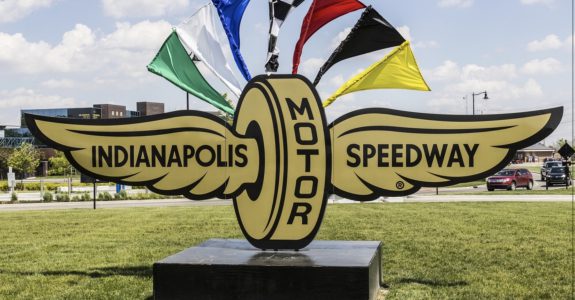Alex Cohen is the Director of Learning and Evaluation for the Richard M. Fairbanks Foundation.
Early childhood investments like state-funded Pre-K targeting low-income students have received a lot of attention in Indiana lately. At the same time, state and local leaders continue to grapple with how to improve test scores and graduation rates in K-12 schools.
Some have questioned the benefits of investing in Pre-K. These people wonder: Won’t the impacts of early childhood investments be diminished if students enter a K-12 system that has problems, too? Aren’t we better off focusing state dollars on strengthening K-12 schools? Others have raised an alternate perspective: Won’t investments in K-12 have limited effects if students come into kindergarten totally unprepared? Isn’t it better to ensure every child – especially disadvantaged children – has access to quality Pre-K?
A recent paper provides perhaps the most rigorous answers to date on these questions. It turns out that while spending to support each separately has an impact, investing in both Pre-K and K-12 together results in the best outcomes for students.
Using a dataset that follows individuals born in the ’50s, ’60s and ’70s from early childhood to adulthood, the study’s authors measure the impacts of investments in early childhood, K-12 and both at the same time on educational attainment, adult earnings and incarceration.
To measure the impact of investment in early childhood, they use county-level and yearly variation in funding for Head Start, which provides Pre-K and other services to low-income children. To measure the impact of investment in K-12, the authors use district-level and yearly variation in funding for spending at public schools induced by court-ordered school financed reforms.
They find that individuals exposed to both increases in early childhood and K-12 funding saw the largest impacts, over and above the impacts of each on its own.
The impact of Head Start on adult earnings more than doubled for individuals in districts that also saw higher K-12 spending. In these districts, an increase in Head Start spending of $1,000 per 4-year-old led to a 5.6% increase in adult earnings.
And while the impact of K-12 spending was small in districts with low spending on Head Start, in those districts with high Head Start spending, a 10% increase in K-12 spending increased adult earnings 13% and dropped the likelihood of incarceration 15 percentage points.
The Richard M. Fairbanks Foundation is committed to supporting efforts that expand highly effective Pre-K programs in concert with those that create a high-performing K-12 system. We are passionate about improving student outcomes in Indianapolis and providing every child with the best opportunity to realize their full potential.
Notes: The referenced paper is called “Reducing Inequality Through Dynamic Complementarity: Evidence from Head Start and Public School Spending” and is written by economists Rucker Johnson at University of California, Berkeley, and Kirabo Jackson at Northwestern University. It is available from the National Bureau of Economic Research ここ. An ungated version is available from Johnson’s website ここ.
Tagged in: Alex Cohen, 教育, K-12, Pre-K, リチャード・M・フェアバンクス財団



